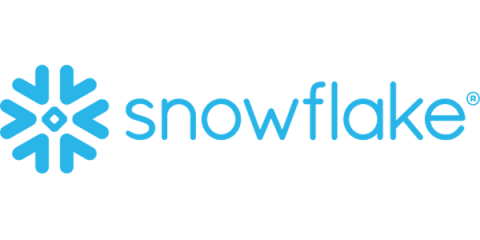Snowflake's New Engine and Platform Announcements
Snowflake’s Data Cloud is powered by a single engine. From day 1, we have been focusing on consistently evolving and improving this engine to allow existing workloads to run more efficiently and enable new workloads to run on Snowflake. The single engine approach translates into a single experience—from one consistent pricing model to an integrated approach combining performance, security, governance, and the foundation to seamlessly enable cross-region or cross-cloud scenarios.











